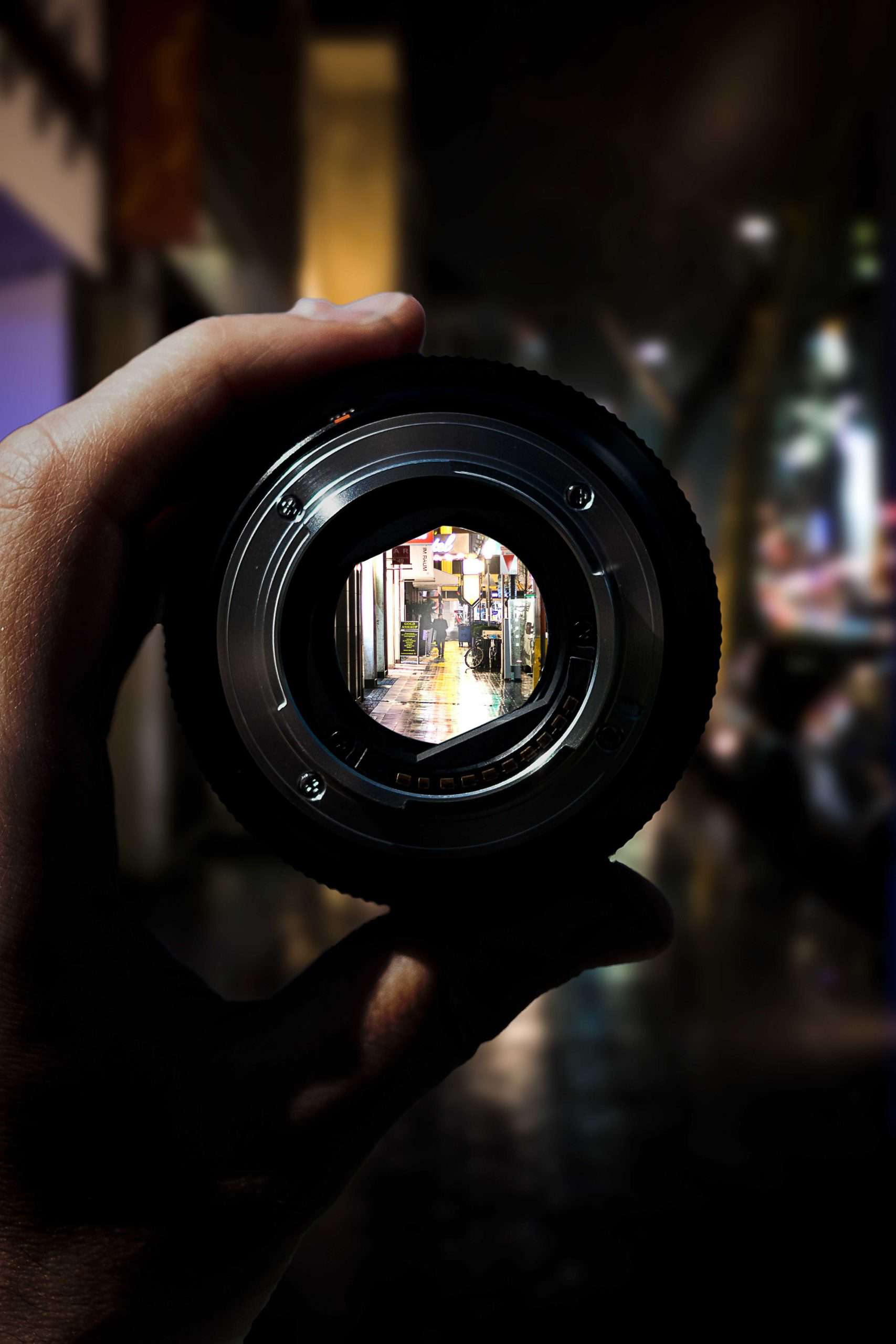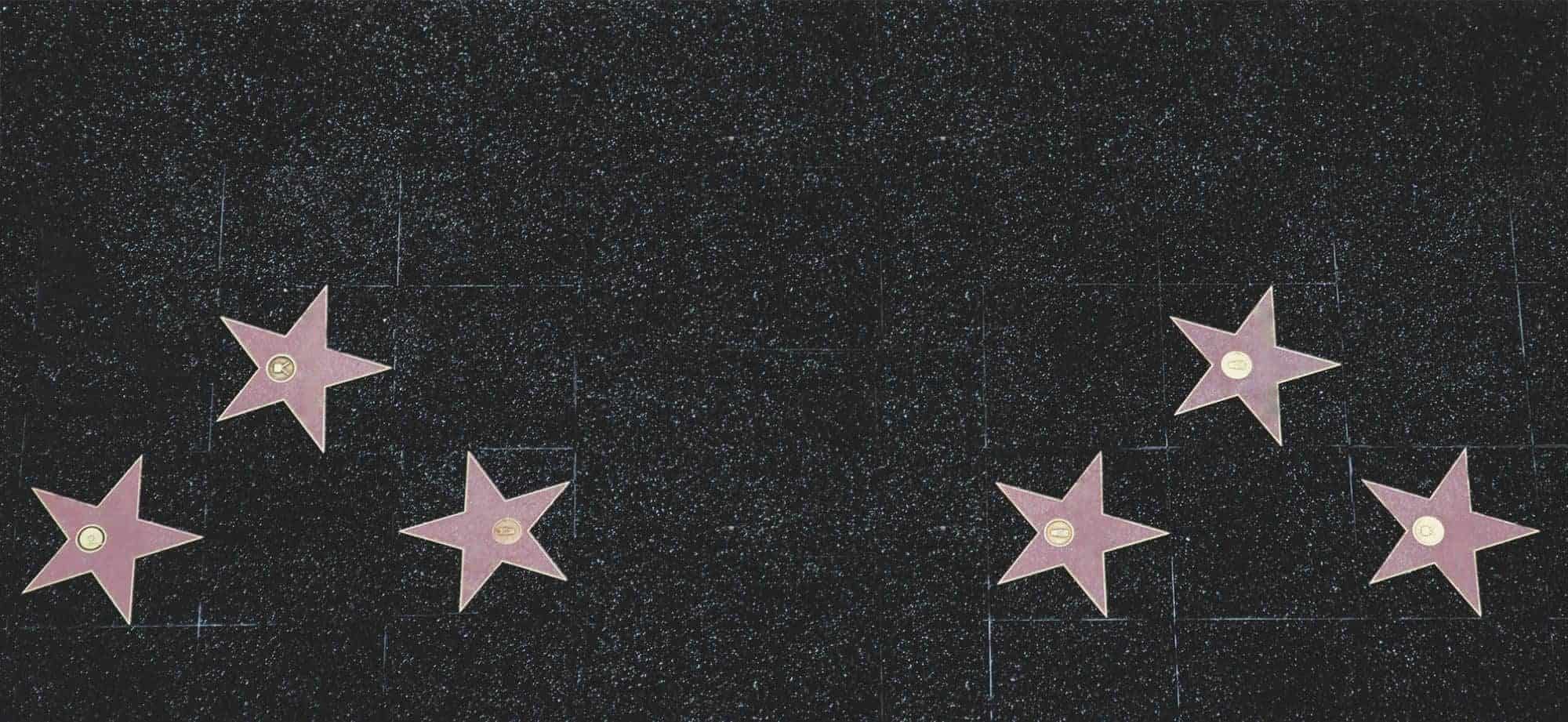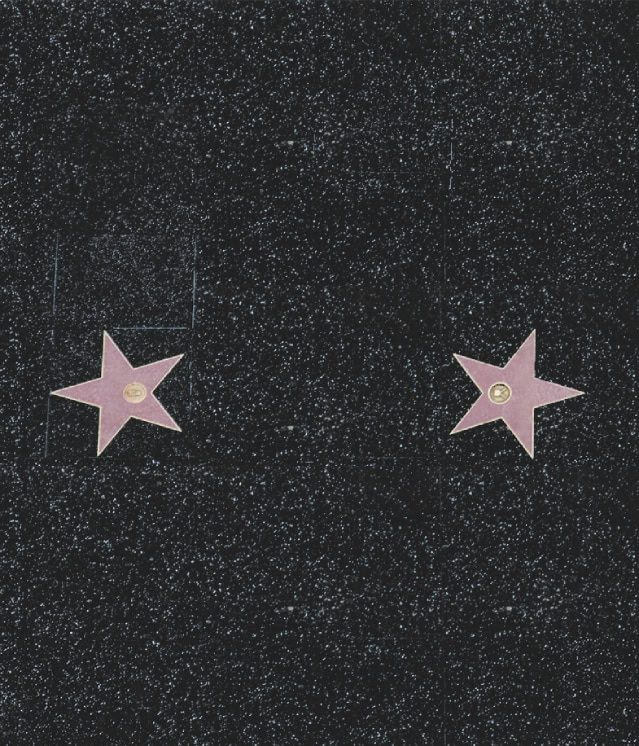
The different types of videography
Videography is an art form. It’s creative, and technical and involves telling stories with visuals. From capturing amazing landscapes to documenting events, it can evoke emotion and engage viewers.
Videographers use different approaches and styles. Cinematic videography creates movie-like visuals. It needs careful focus on composition, lighting, and camera movements.
Event videographers work quickly to capture special moments at weddings, parties, concerts, and conferences. Documentary videographers tell real-life stories with raw footage and minimal interference. Corporate videographers make promotional videos and training material that fit the company’s values and target audience.
Videography has a long history. In 1878, Eadweard Muybridge took sequential photos of running horses, which led to modern-day videography.
Importance of videography in various industries
Videography is key for many industries. It captures visuals and tells stories. From marketing to education, it’s important.
Marketing uses videography to promote products & services. Videos are more engaging than written content. They captivate and leave an impression.
Education has changed due to videography. It provides a dynamic learning experience. Understanding abstract concepts is now easier.
In healthcare, videography is vital for training. Medical professionals can learn from real-life cases. This increases their skills and ensures quality patient care.
Did you know? By 2022, online videos will make up 82% of consumer internet traffic (Cisco). Videography is becoming more significant in the digital age.
Types of videography
To understand the different types of videography, delve into the section of videography that covers wedding videography, documentary videography, corporate videography, event videography, and travel videography. Each sub-section offers a unique solution in capturing moments and telling stories through the lens, of catering to specific needs and purposes.
Wedding Videography
The art of wedding videography needs to be timed accurately and have a keen eye for detail. Professionals in this field are experts at filming main events, like vows and the first dance, as well as the intimate moments between family and friends. They expertly combine their creativity and technical knowledge to create a movie that has a special story.
Wedding videography is special as it captures emotions from the day. From emotional speeches to tearful moments, each one can be kept in its original form. Video makers can also add audio and music to bring the experience alive. This allows couples to relive their cherished memories anytime.
Wedding videography has changed a great deal. It used to be just recording from a camera without a story or cinematography. But, with developments in technology and new trends, it is now an art form like Hollywood. So now, couples can expect an amazing film that shows their love story.
Documentary videography
Documentary videography is about catching real moments and emotions. Filmmakers use an observational approach, without staging scenes. This provides a genuine look into people’s lives.
It can also be used to show social issues that might not get much attention. Documentaries inspire change and start conversations.
An example is the movie “Planet Earth” directed by Alastair Fothergill – mesmerizing visuals of wildlife from all over the world.
Corporate Videography
Corporate videography is key for boosting brand awareness and a strong online presence. It lets companies communicate values, goals, and messages to customers. Professional videographers use high-quality gear and techniques to create stunning visuals and stories.
Editing and post-production processes augment the video’s effect and draw viewers in. Companies can use corporate videos across websites, social media, presentations, and conferences.
Showing a company’s culture, people, and activities can humanize a brand, forming an emotional bond with the audience. It’s clear that video marketing is on the rise – 86% of businesses are using it!
Event videography
Event videography provides an immersive experience. It captures the atmosphere and emotions of a special occasion. Skilled videographers have an eye for all the important details. They create a cinematic experience with carefully selected shots and transitions. This way, you can treasure and share your special moments for years to come.
It goes beyond recording. It tells a story. Candid moments and genuine interactions are documented. From tearful smiles to joyful dance floor celebrations, every detail is recorded. The video becomes a lasting memory that can take you back in time, evoking the same emotions.
Take Sarah and John’s wedding for example. The event videographer captured their love story. Every heartfelt word was documented during the exchange of vows under the sunset sky. The video showcased their love, leaving everyone in awe.
Travel videography
Travel videography is an art. It involves showcasing the culture of a place, capturing breathtaking landscapes and landmarks, and incorporating storytelling into videos. It needs technical skills, patience, adaptability, and creativity.
On my recent trip to Bali, I filmed an amazing traditional Balinese ceremony – “Melasti”. Villagers gathered in vibrant attire, carrying religious artifacts, and marching to the sea. It was a powerful atmosphere, full of energy, spirituality, and community. My video bridged the gap between different corners of the world. Travel videography captures moments and brings people together through visuals.
Equipment needed for videography
To enhance your videography skills and produce high-quality videos, equip yourself with the right tools. Explore the necessary equipment for videography, including cameras and lenses, tripods and stabilizers, microphones and audio equipment, and lighting equipment. Each sub-section offers unique solutions to improve your video production process.
Cameras and lenses
When it comes to videography, cameras and lenses are key. They help capture footage that tells a story. The right combo can make all the difference.
Cameras come in different shapes and sizes. Some offer 4K resolution, others specialize in low light. You must decide what kind of footage you want to capture and choose accordingly.
Lenses play a crucial role, too. Wide-angle lenses are great for expansive landscapes. Telephoto lenses let you zoom in on distant subjects with precision. Prime lenses offer unrivaled image quality. With a variety of lenses, you can get different perspectives and enhance visual storytelling.
In addition, consider stabilization systems. A gimbal or steadicam can make handheld shots or moving sequences much smoother and more stable.
I remember a time shooting a documentary in Africa. We were tracking a family of elephants through dense vegetation. My camera was equipped with a powerful telephoto lens. I could zoom in on their every detail – from skin texture to sparkly eyes. This was made possible by having the right equipment.
Tripods and stabilizers
Tripods: Stable three-legged stands that prevent shaky footage! They come in many sizes and materials, like aluminum or carbon fiber. Offering different levels of stability and portability.
Monopods: One leg! Lightweight and portable, yet still offers improved stability over handheld shooting.
Mini Tripods: Perfect for vloggers or filmmakers! Small yet reliable. Place them on uneven surfaces or attach them to objects like trees or poles.
Gimbal Stabilizers: Advanced tech to counteract movements. Super smooth shots even while running!
Shoulder Rigs: Handheld filming. Distribute camera weight across your shoulders and chest. Reducing fatigue during long shoots.
Slider Systems: Controlled horizontal camera movements. Maintaining stability and adding motion to your shots.
Invest in quality tripods and stabilizers. Experiment with different tripod positions. Practice proper grip and movement techniques when using a stabilizer. Take advantage of shoulder rigs and slider systems. Then, you can deliver visually stunning content that captivates your audience!
Microphones and audio equipment
Videography is becoming more popular. Thus, it is crucial to have the right audio equipment to capture good sound. These devices are key for improving video production value.
Microphones come in various choices. For interviews or dialogues, lavalier mics can clip onto the person’s clothing, giving clear sound. Shotgun mics are best for outdoor shootings or documentaries, as they record audio from far away.
Audio recorders and mixers are also essential for capturing top-quality sound. Audio recorders store audio separately from camera recordings. Mixers adjust volume levels and give balanced sound.
A true story shows the importance of having the right equipment. A videographer was capturing an important interview for a documentary. However, the microphone had technical issues, resulting in poor sound quality. This shows how vital it is to buy reliable microphones and audio equipment.
Lighting equipment
LED Lights: Lightweight and energy-efficient. Multiple color temperatures to choose from. Great for indoor and outdoor scenes.
Softboxes: Diffuse light evenly. Minimize shadows. Flattering on faces. Perfect for portraits and interviews.
Ring Lights: Popular with vloggers and beauty content creators. Circular, uniform light. Reduces harsh shadows. Soft, even illumination.
Light Reflectors: Bounce off natural or artificial light. Fill shadowed areas with a warm glow. Various shapes and sizes for different shooting scenarios.
For great lighting, consider these tips:
- Experiment with Angles: Move lights around for unique effects. Try side lighting, backlighting, or multiple lights.
- Gels for Creative Lighting: Colored gels for artistic flair or moods. Play around with colors to evoke emotion or highlight elements.
- Diffuse Harsh Light: Use diffusers or umbrellas for bright sunlight or spotlights. Creates a more balanced exposure.
- Background Lighting: Add background lights behind your subject. Separate them from their surroundings. Adds depth and visual interest.
With the right lighting equipment and techniques, you can improve your videography. Find what works best for your style and subject matter. Lighting is not just about illumination, it’s a powerful tool for storytelling that can captivate your audience.
Tips for Successful Videography
To excel in videography, master the art of composition and framing, harness effective lighting techniques, optimize audio recording and editing, and learn the nuances of editing software and techniques. Elevate your videography skills with these essential tips for a successful videography journey.
Composition and framing
Want to take your composition to the next level? Consider the rule of thirds, leading lines, symmetry, and balance.
Divide the frame into nine parts with two horizontal and two vertical lines. Place points of interest along these lines or their intersections for a visually appealing composition.
Guide the viewer’s eye towards the main subject using leading lines like roads, fences, or rivers.
Add harmony and balance with symmetrical compositions. Balance the visual weight evenly to avoid unbalanced or cluttered shots.
Experiment with different perspectives and angles, such as low or high angles. Try framing through windows or door frames for added layers and depth.
Put these principles into practice and watch your videos come alive!
Lighting techniques
Videography requires mastering the art of lighting. Strategically controlling light can improve the mood, highlight key elements, and add depth to the footage. Let’s explore some tips for successful lighting.
The three-point lighting setup
The three-point lighting setup involves three lights at specific angles. The key light is the main source of illumination. The fill light reduces shadows and balances the lighting. The backlight adds depth and separation.
Color grading
Color grading is another technique. Different colors can evoke specific emotions and set the atmosphere. Warm tones create a cozy ambiance, while cool tones convey calmness or mystery. Experimenting with color gels or LED lights can yield stunning visual effects.
Understanding natural light
Understanding natural light is essential for outdoor videography. The golden hour, after sunrise or before sunset, offers soft and warm illumination. Diffusers and reflectors can help manipulate light.
Before shooting, consider the existing lighting conditions. Adjust harsh lighting sources, and use props like bounce boards or diffusers.
By implementing these tips, you can elevate the visual appeal and impact of your videos. Experiment with different lighting, colors, and techniques. With practice and creativity, you can master the art of lighting in videography, and capture breathtaking moments.
Audio recording and editing
When editing, focus on noise, levels, and synching with visuals. Remove any sounds that might distract the viewer. Use software with advanced audio editing features for better quality.
It’s also important to adjust the volume of elements like voice-overs, music, and ambient sounds. Use equalization to make sure each element stands out without overpowering or getting lost.
Don’t forget creative aspects too. Experiment with effects that add emotion to your videos. Use sound effects or make a unique soundtrack for the visuals.
Mastering audio takes time and practice. Keep up-to-date on new techniques and technologies. Quality audio will make your videos stand out and create an immersive experience for viewers.
Invest in proper equipment and keep honing your skills as a videographer. You’ll make videos that leave a lasting impression!
Editing software and techniques
Editing is a key part of videography production. It includes manipulating video clips, adding effects and transitions, and improving the visual experience. There are many software and techniques used to create professional videos.
Adobe Premiere Pro is a popular editing software. It helps videographers to edit and manipulate footage easily. It has multiple features, like multi-camera editing, color grading, and audio mixing. It’s user-friendly and has lots of capabilities, so many pros in the field go for it.
Mac users have Final Cut Pro X. It allows a smooth editing experience. It has a ‘magnetic timeline’, which makes re-arranging clips easy. Plus, it has a big selection of effects and transitions, so you can add unique elements to the videos.
To get better results, learn different editing techniques. One of them is ‘jump cuts’. It’s when consecutive shots from the same camera angle are edited together, making a seamless transition. Another one is ‘cross-cutting or parallel editing’, which is intercutting between two or more scenes happening at the same time.
Remember to pay attention to pacing and rhythm when editing. Use cuts and transitions strategically to keep the flow going and engage your audience.
By using powerful software and applying techniques like jump cuts or cross-cutting, you can take your videography skills to the next level. You can make visually stunning videos that keep your audience hooked from start to finish.
Conclusion
Videography offers various types that meet different needs and purposes. It can be used to capture amazing scenes or to document significant events. Let’s take a closer look!
Travel videography is a favorite. It highlights incredible places, transporting watchers to distant lands through awesome visuals and stories. It allows us to explore other cultures from the comfort of home, and can even inspire our own future adventures.
Wedding videography is also popular, documenting the exciting moments of a couple’s special day. These videos mix candid shots with emotional interviews and music, crafting a narrative that preserves memories.
Documentary filmmaking is another form that throws light on real-life events, social issues, or historical times. Documentary filmmakers have a chance to tell stories that can educate and raise awareness.
Sports videography is a lesser-known type. Skilled professionals catch thrilling sports action in all its glory. Slow-motion replays and close-ups bring the power and intensity of sporting events to life.
Music video production is also an interesting niche. Working alongside musicians and artists, these individuals bring songs to life through visuals or concepts. Music videos are part of popular culture, deepening our connection to music.
We’ve just explored a few facets of videography. Each type has its own perspective and creative approach to capturing visuals and stories. So, whether you’re a filmmaker or an admirer of videos, there’s something for everyone.
Frequently Asked Questions
What are the different types of videography?
There are several types of videography, including:
1. Documentary videography: Recording real-life events, stories, or experiences in a non-fictional manner.
2. Wedding videography: Capturing precious moments and highlights of a wedding ceremony and reception.
3. Commercial videography: Creating promotional videos for businesses, products, or services.
4. Cinematic videography: Employing artistic techniques to create visually stunning videos with a storytelling approach.
5. Event videography: Recording various events like conferences, concerts, or parties.
6. Travel videography: Documenting travel experiences and destinations, often with an emphasis on storytelling.
Subject: The different types of videography
Company: Hollywood Connections Center
Network: MyHollywoodPage.com
The Hollywood network of arts and creative professionals.





